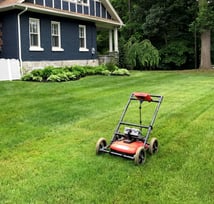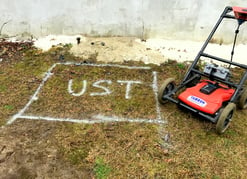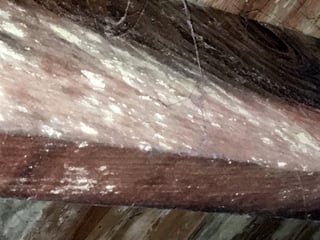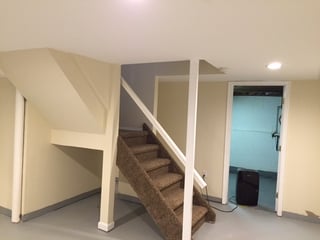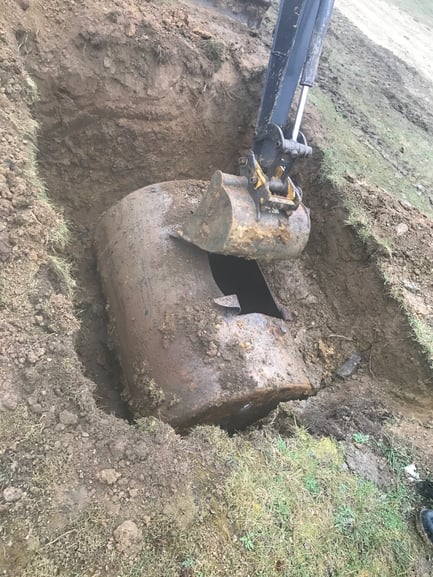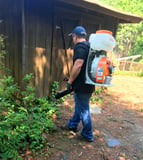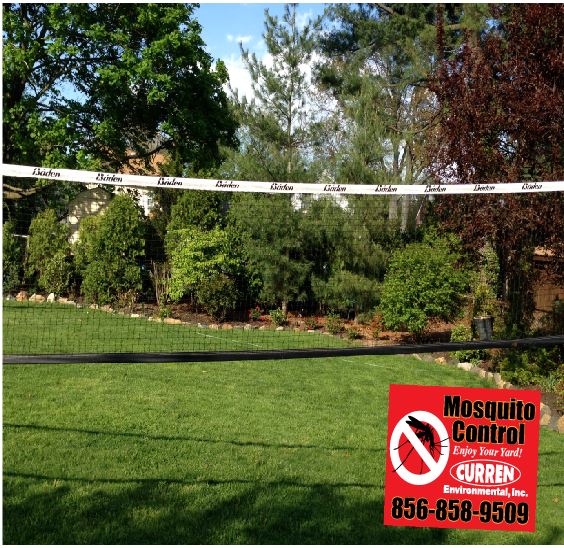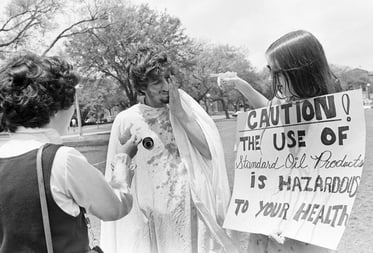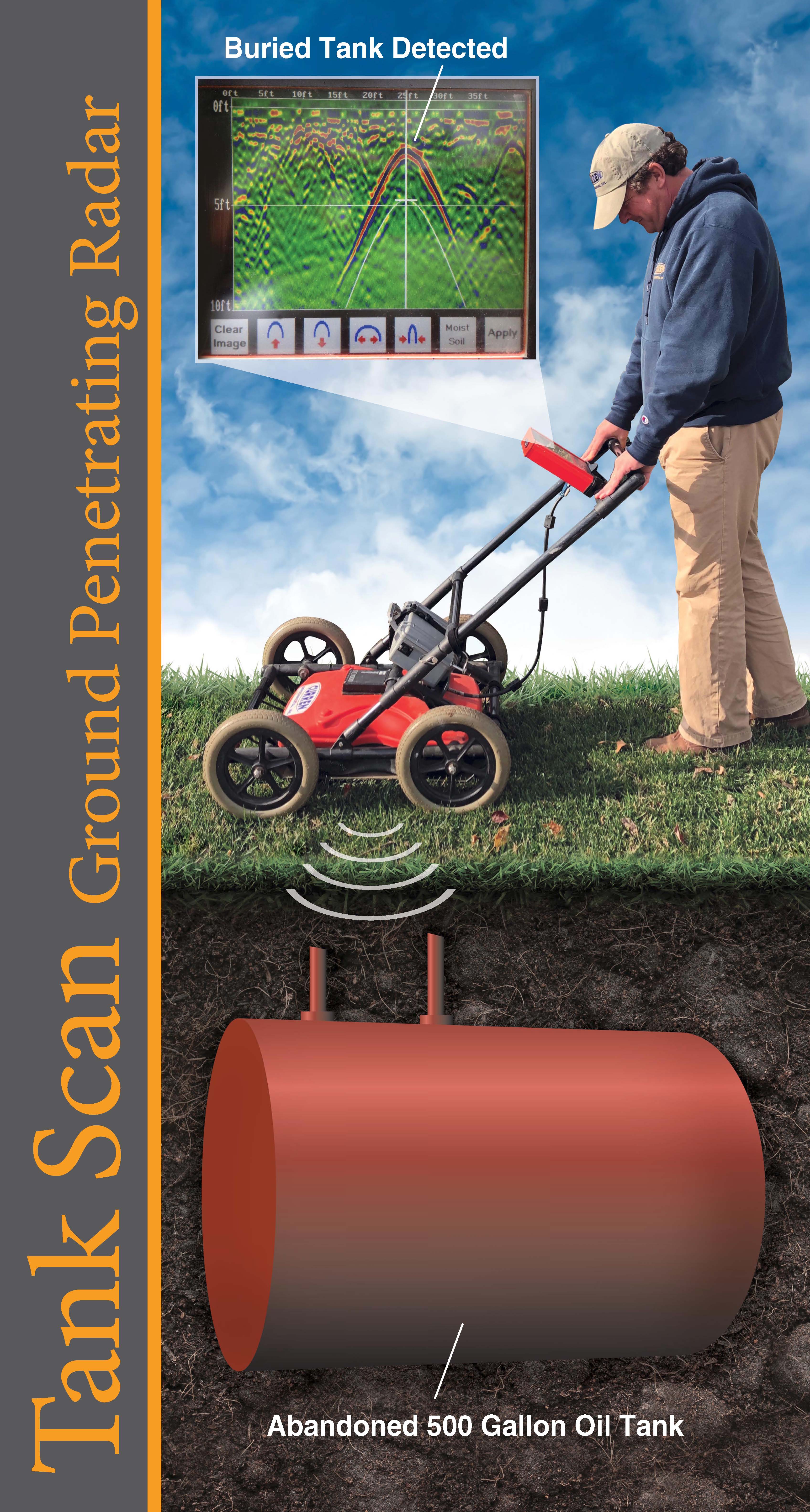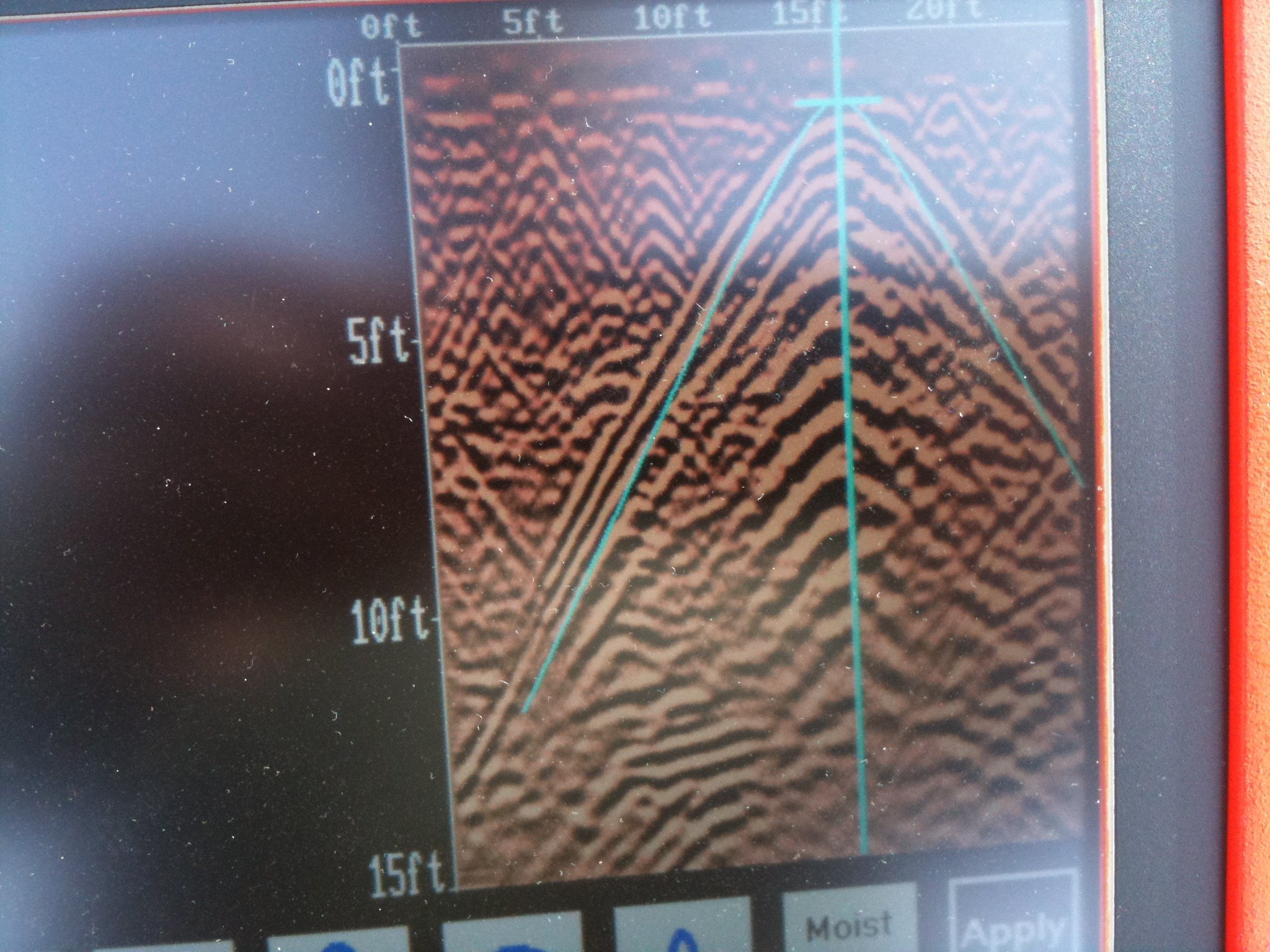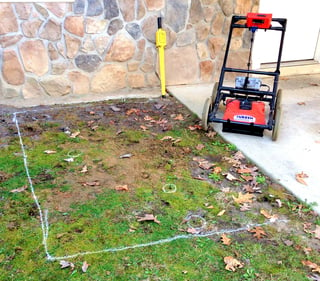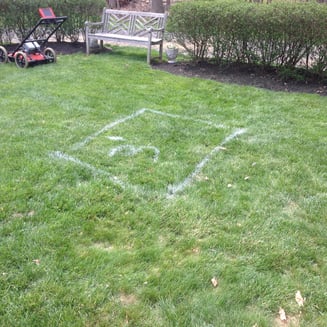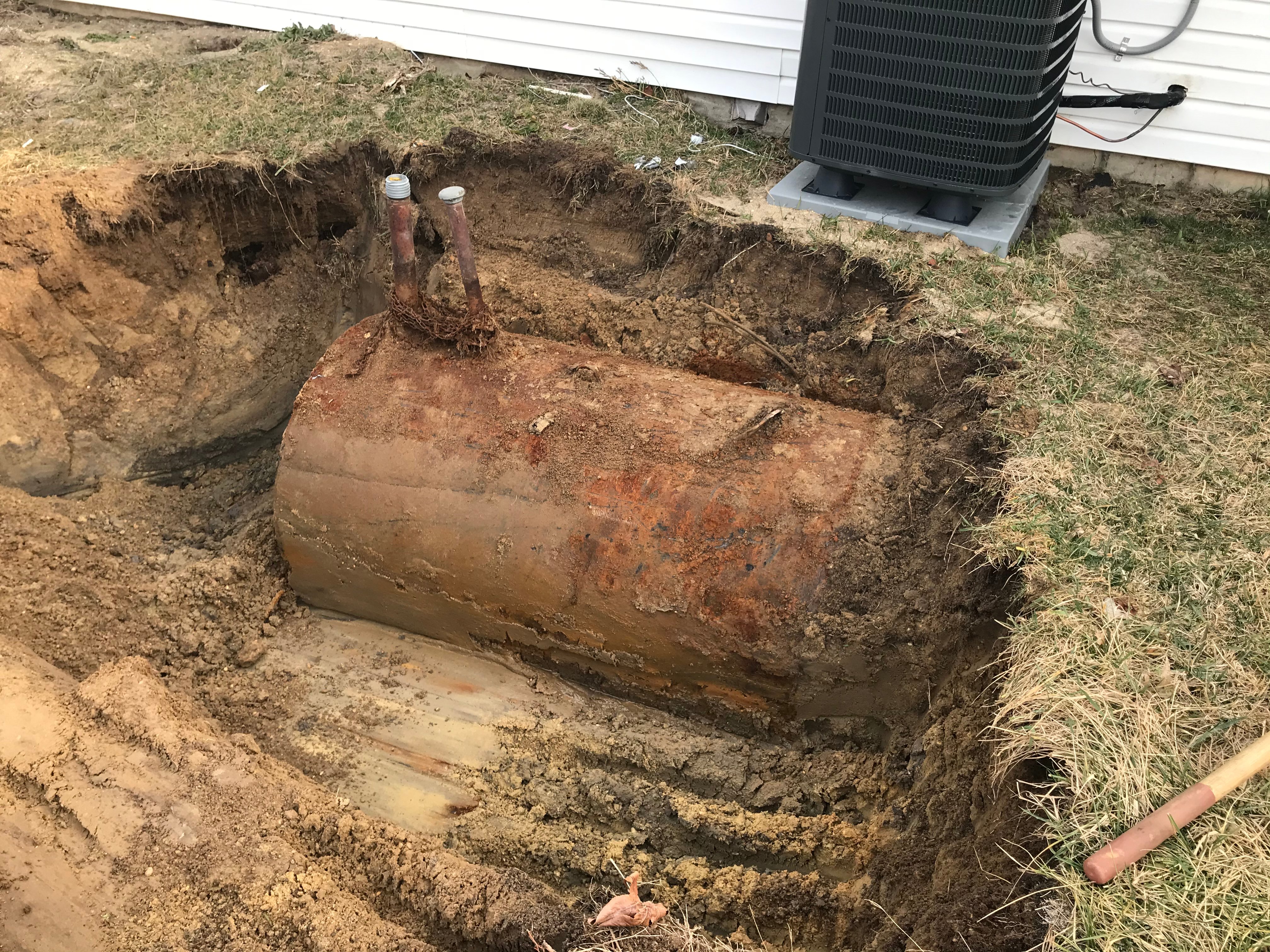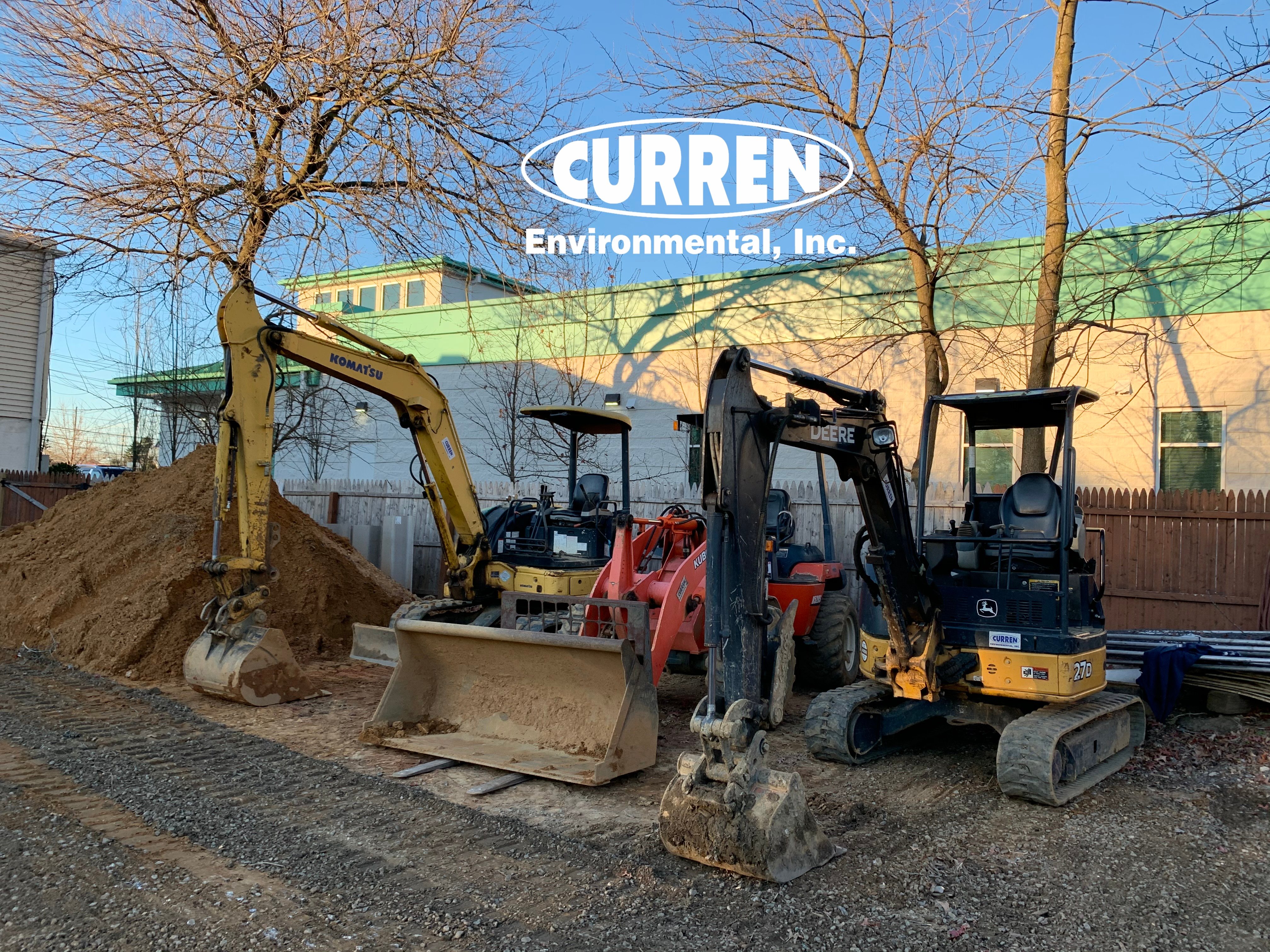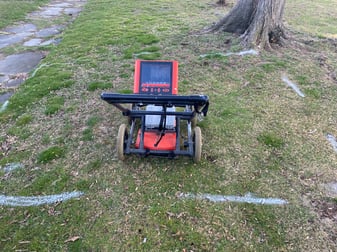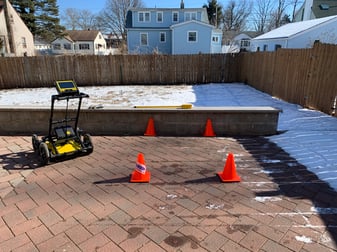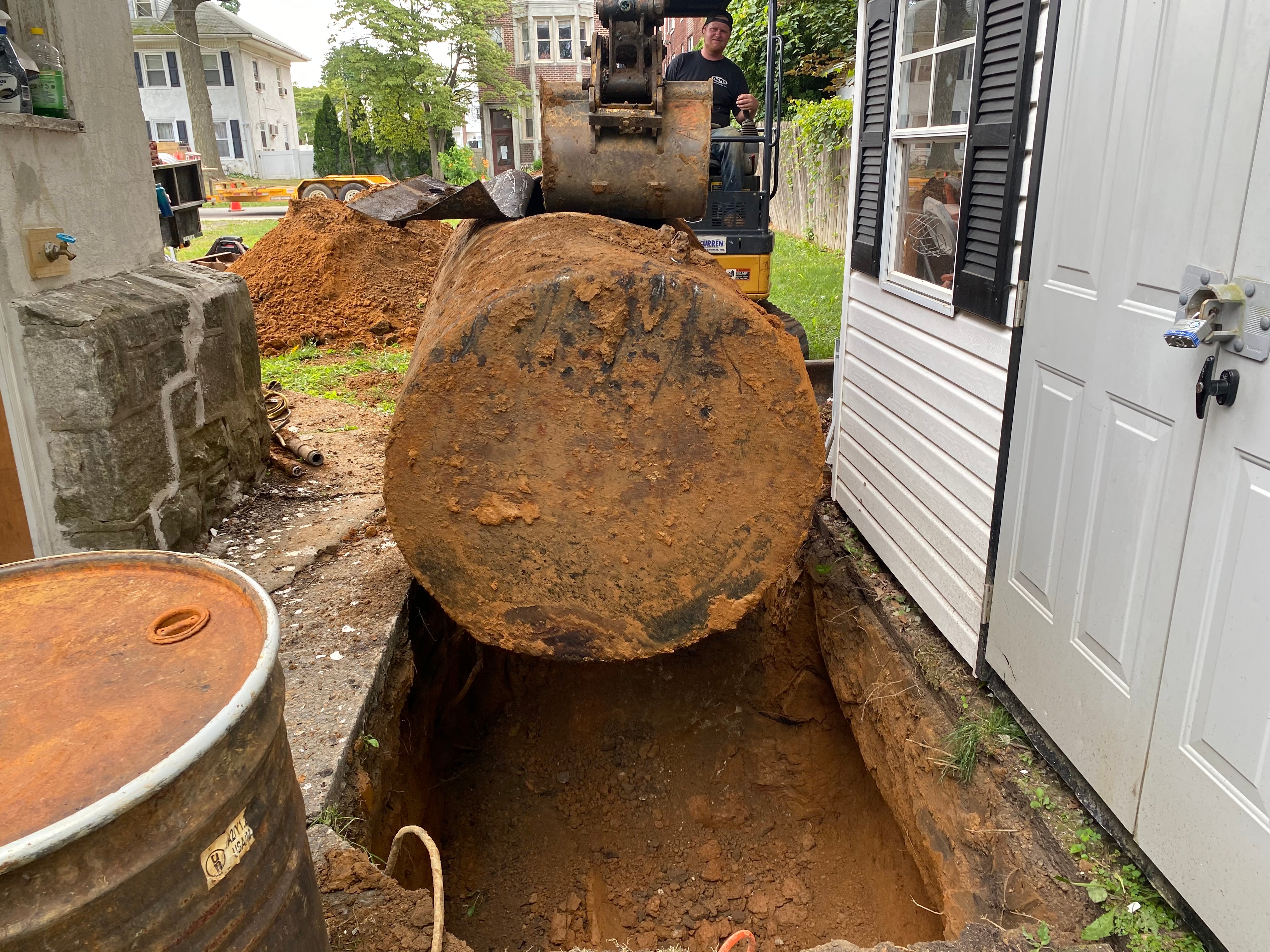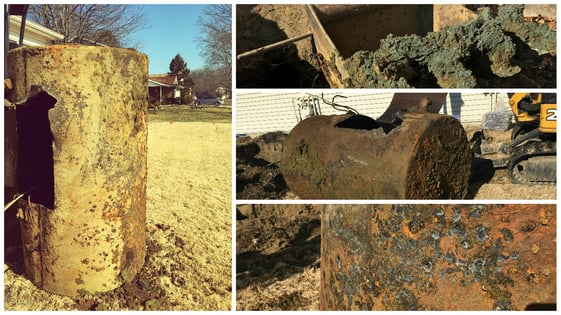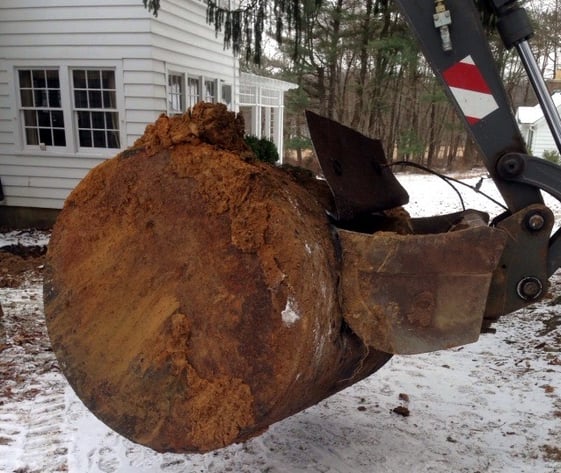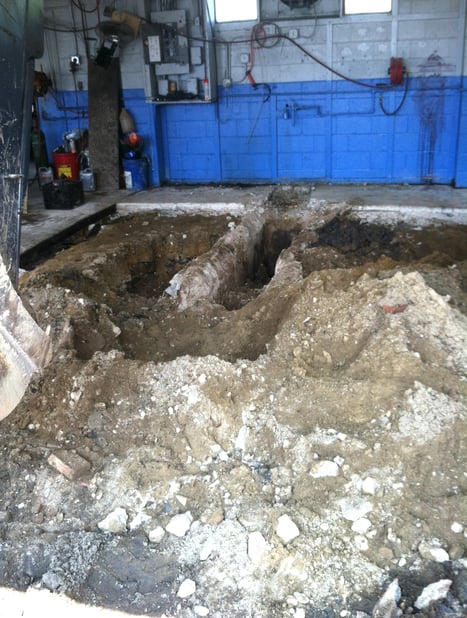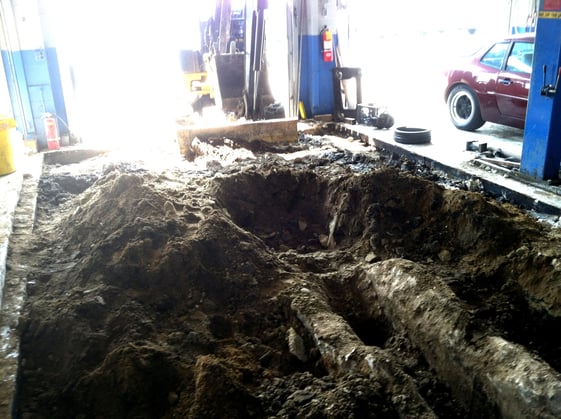The pitfalls when dealing with a buried heating oil tank are many and blindside people all the time. Curren receives phone calls daily regarding an oil tank a homeowner had removed, which they were told by the company who removed it that it had leaked and needed a subsequent remediation (cleanup,) and the company then provided a quote to remediate. Many homeowners that call don’t believe that their tank leaked, or simply just want a second opinion or quote. The problem with the vast majority of these calls is even though Curren Environmental has over 25 years of experience, we do not have x-ray vision, so we ask for a report from the tank removal company and the lab testing of the soil that is allegedly contaminated we are met with an awkward pause, followed by “I don’t have either”.
Free Consultation
888-301-1050
How do you know that the soil is really contaminated?
The removal company just knows - is a common answer or we don’t really know we are just being told that we have a problem, is what the homeowner is saying. The “my oil tank leak” incoming phone calls come from homeowners, banks, financial institutions, developers, estate, and so on…the list is long, and the story is the same, they chose the wrong company to remove their oil tank. Circling back to the tank removal company, many of these firms have names that begin with an A so they show up early in alphabetical listings. We typically ask the firms name as we know many good firms and perhaps they just had a bad experience, the vast majority of times it is a company we never heard of or have heard problems about frequently.
The way you know if a tank leaked is by laboratory soil sampling. Every tank removal can be a leaky tank removal and every tank removal needs soil testing to prove the tank did or did not leak.
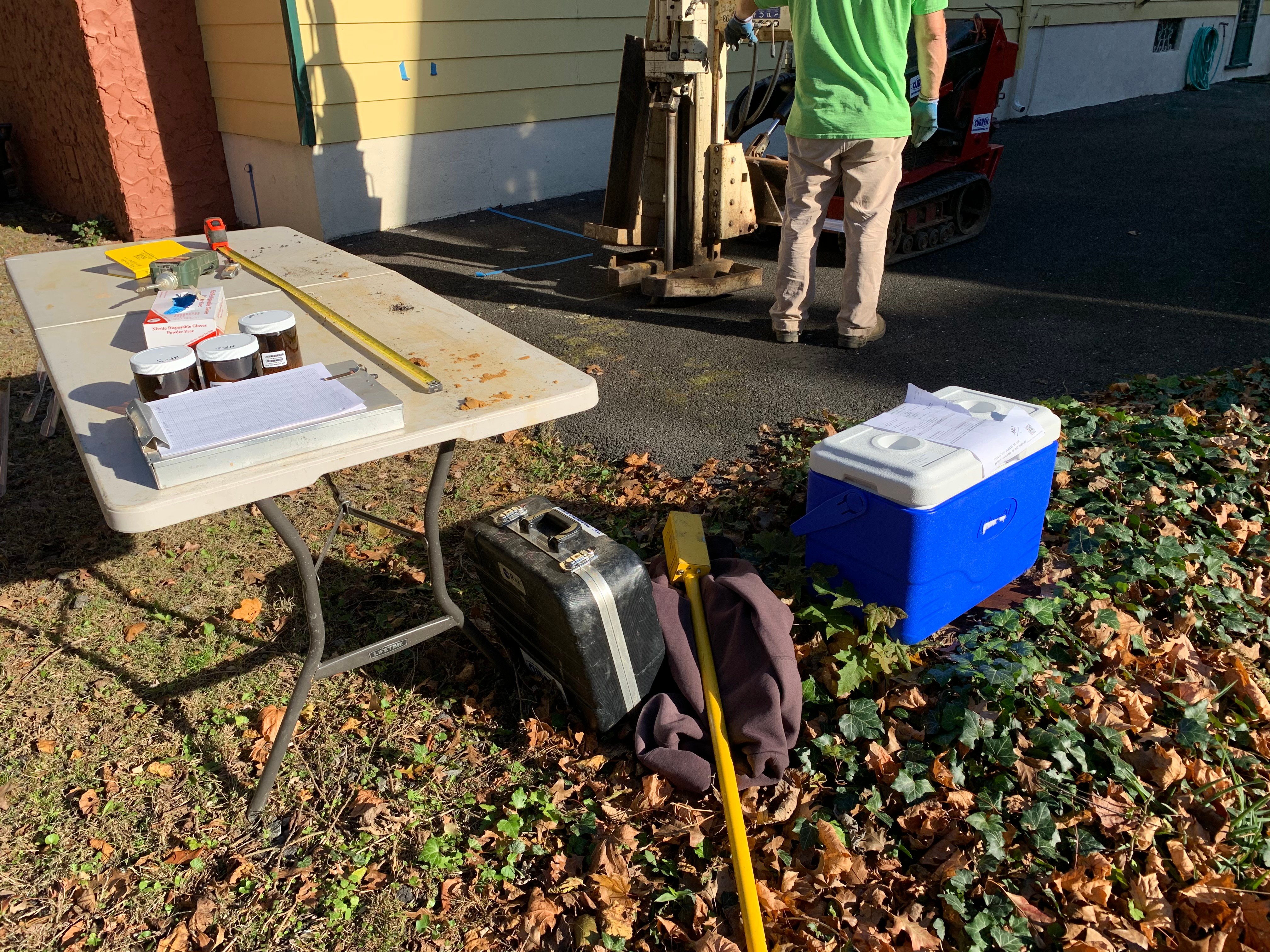
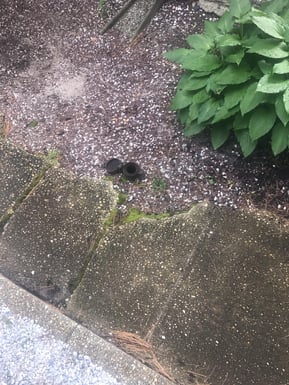
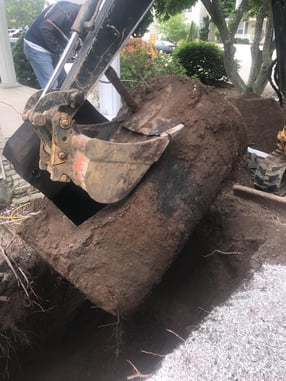
Research the firm, the ones that have only been in business a few years tend to be more unscrupulous (just look up when their domain name was initially registered, if it is less than 10 years, a red flag should be raised). Tank removal companies know that most any tank can be removed for under $2,000.00. Remediation of a tank leak can cost $10,000.00, so they are highly motivated to remediate and all they need is a pin oil of evidence in an oil tank to sell you on the tank leak problem and the need for remediation. Add to the fact that the oil tank is being removed because of a real estate transaction and now you are under the stress of a timeframe. Curren Environmental gets pulled into testing these removed tank areas (untested tank excavation, but owner was told how bad the leak was and remediation was a crucial necessity). When we test, the majority of the time we find remediation is not warranted.
Could you see a problem occurring when you first hire a company to remove an oil tank, the answer is yes. What are the tank removal pitfalls?
The tank removal company has a name that begins with an A. I know it sounds biased, but we have too many complaints from clients who hired such a firm we see a trend.
-
The tank removal contract does not include a report. Certificate of removal or a certification of removal is a made up document. Documents like Site Investigation Report, Remedial Action Report or Tank Closure Report are all documents that regulatory agencies acknowledge are real documents, meant to document an environmental activities. A paper certificate obtained from an office supply store is not worth the paper it is printed on.
-
The tank removal does not include soil samples or an explanation of what level of oil is acceptable. Hey, rust never sleeps, oil could leak, so having cost for testing is always a good idea. I ask you, would you buy a house with an oil tank that was removed and did not have testing?
-
The post tank removal decision of determining if the oil tank leaked will be made by the construction inspection. Well the permit from any township for a tank removal is for TANK REMOVAL, it is not an environmental inspection. Therefore, these companies will tell you if the inspector sees a pinhole in the tank you must remediate, this is not always true. Pinholes in a tank do not mean you have to remediate, it means you had a really tiny hole and some oil has leaked from the tank. Trust me when the local inspector sees a hole, they will demand that the leak be reported to the state, why, because the law is that you report known and suspected releases such as holes in tank. Now your tank removal company will tell you to that the inspector says you have to remediate.
-
The tank removal contract assumes the tank is not leaking. Tanks leak, not all of them but some do and you need to know about what if. Not discussing the possibility of finding a tank leak is a unicorn and rainbow perspective of things, which is a glass half full perspective, BUT to be fair there should be an explanation of what will happen if a tank leak is found? Will samples be obtained to assess the soil or will you get a quote to remediate within a few days of removal?
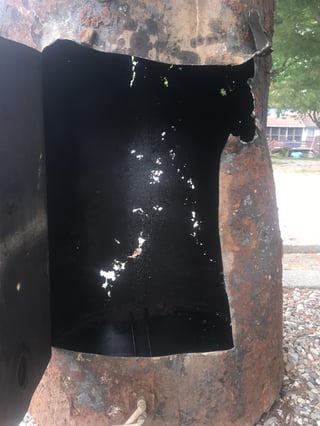
All these are common complaints we see from clients who had their tank removed. There are many good companies doing good work but there are also many that prey on the one time client, that does not understand the repercussions of having a leaking oil tank.
Still have questions, call our office 856-858-9509 Monday to Friday, you are welcome to a free consultation.
We mange tank issues in New Jersey, Southeastern Pennsylvania and Northern Delaware.


